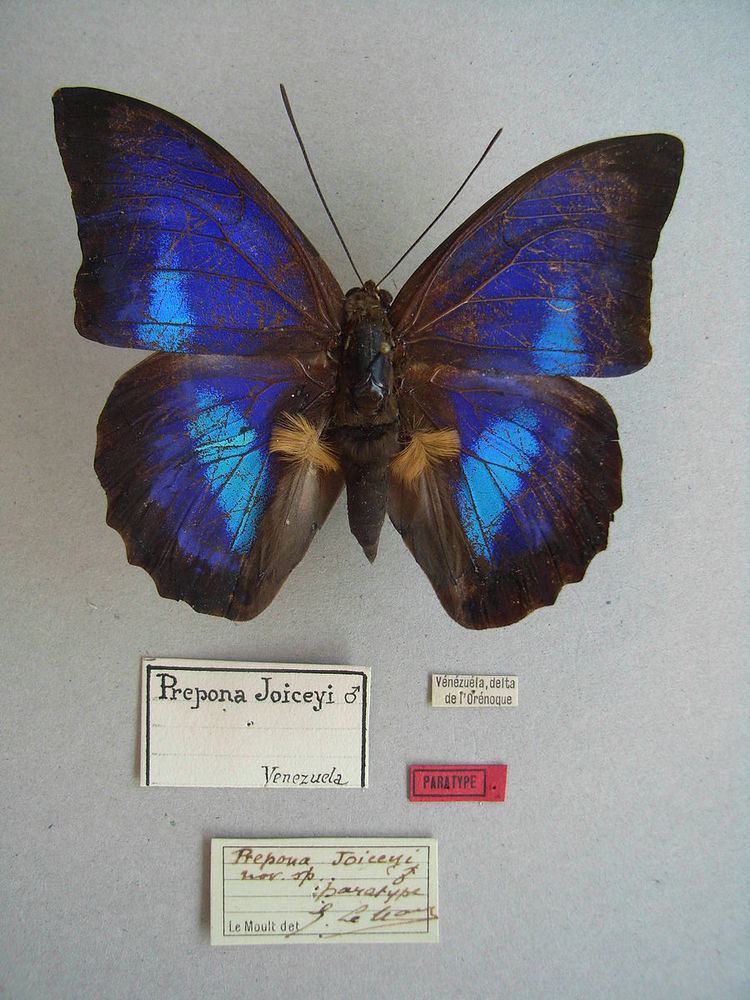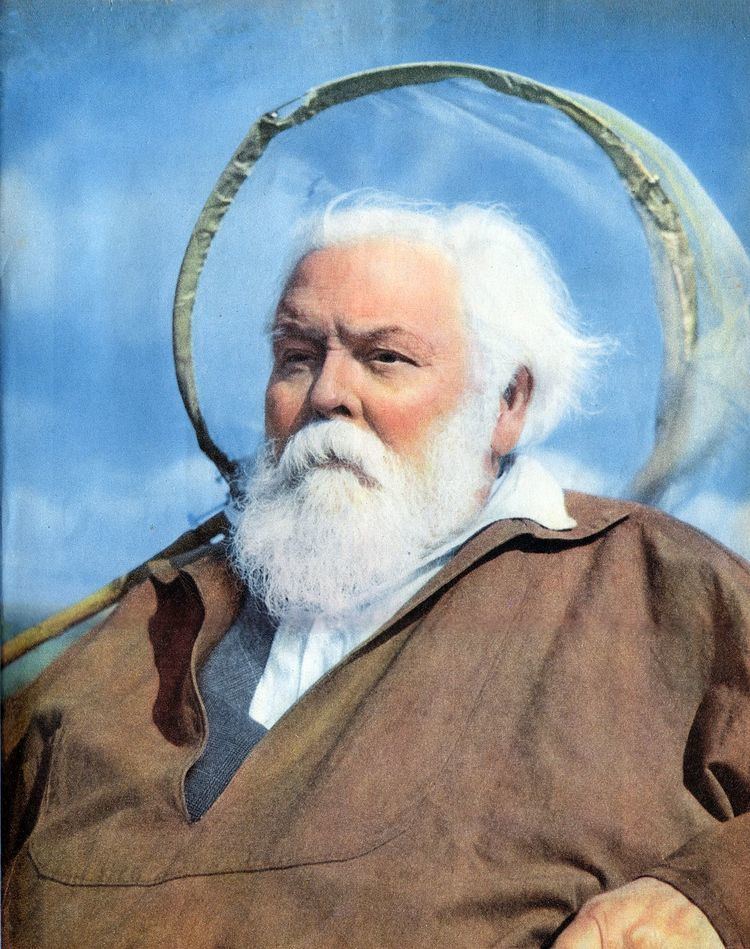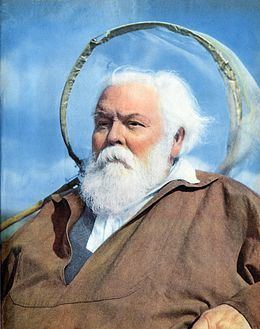Name Eugene Moult | ||
 | ||
P. Le Moult : Butterflies №1
Eugène Le Moult (31 December 1882, Quimper – 26 January 1967, Paris) was a French naturalist and entomologist specialised in butterflies; hunter, businessman and collector.
Contents

E.LM grew up in the tropical prison colony of French Guiana, where his civil-servant father had been posted to develop the road network. Here the adolescent Eugène Le Moult discovered the beauty of the area's Morpho butterflies, and set about hunting and selling them to mainland France.

French Guyana’s only butterfly exporter from 1903 to 1920, E.LM turned his business into the country’s 3rd largest industry, after gold and precious woods. To enlarge his collection he started to recruit hunters. In Guyana, at the time, the question of labour was simple: you had to use convicts. Therefore, for those men in "striped shirts", hunting butterflies became the prize for good conduct. The Steve McQueen/Dustin Hoffman movie Papillon references this.
Three years after moving back to Paris in 1908, Eugène Le Moult had the fourth largest collection of butterflies in the world, after those in museums in Washington and London. Hirohito (Showa Emperor of Japan), Sergei Khrushchev (son of the Soviet Premier) and Vladimir Nabokov (author of "Lolita") were amongst his Parisian cabinet's clients. In fifty years, 20 million insects passed through his business, of which a thousand carry his name: the "Le Moulti".
E.LM was a renowned specialist of Morpho butterflies, and wrote — in association with Pierre Réal — the first revision of the taxon: Les Morpho d'Amérique du Sud et Centrale, Paris 1962-1963. This two volume work with 20 plates in colour and 62 in black and white was until recently the classic monograph on the butterfly subfamily Morphinae. 75 species are placed in eight subgenera, and the work generated 409 new names and made 750 names available as subspecific and varietal names. This is far more than most Morpho specialists accept and the motivation may have been commercial (Le Moult published his own work). It is, however, a meticulous species-level classification, describes dozens of subgeneric taxa, illustrates the adults and male genitalia for all species, and gives an account of type specimens. E.LM also ensured the publication of journals Miscellanea Entomologica (founded by Eugène Barthe (1862–1945) and continued by Sciences Nat) and Novitates entomologicae from 1931 to 1946. But above all he published a French edition of the work of Adalbert Seitz (1860–1938) under the title Les Macrolépidoptères du Globe in 16 volumes and 4 supplements.
Eugène Le Moult's exploits were popular in French mass market publications of the mid-Fifties, including an extensive article in Paris Match 2 March 1955 and a 4-page graphic short story on his adventures in Tintin_(magazine) of May 24 1956.
Works
Partial list
